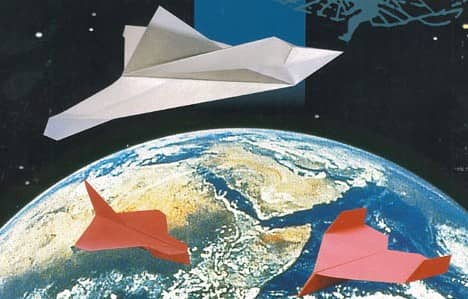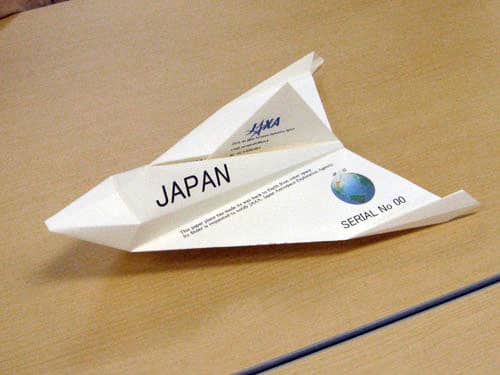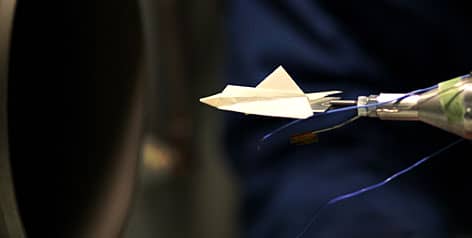Can you imagine what would happen if something was thrown out of the International Space Station into the Earth’s orbit? What changes would it encounter and how would it enter the Earth’s atmosphere, if it does at all? These are quite intriguing queries and today, we provide you with some answers.

Astronauts sometimes jettison objects from the space station. These objects first, interact with the upper atmosphere and their orbit gradually decays. The object begins with the same orbital parameters as that of the ISS. The drag in the low earth orbit is subtle and depends on the shape and the mass of the object. It has been seen that the orbit decays faster for objects that have a lower mass to area ratio. With a gradually increasing orbital decay rate, the object would reenter the atmosphere in days or months, but never more than a year.
A Russian spacewalker was sponsored by a company in 2006 to hit a golf ball during an activity. The ball, weighing only a tenth of an ounce, stayed in the Earth’s orbit for a few days. A paper airplane, on the other hand, has even lesser weight so, it is expected to do the same.
A Japanese project was initiated to design a paper airplane that could be released from the ISS. The idea came from Takuo Toda, president of the Origami Paper Airplane Association in Japan. He asked Suzuki to study the possibility of building a paper airplane that could reenter the atmosphere. A lot of aerospace engineers thought that the plane would burn out. Objects entering the Earth’s atmosphere from space begin at speeds of Mach 20. These speeds cause a massive object, like a shuttle, to get an increased temperature up to 2,900 degrees Fahrenheit by the time it drops to an altitude of 37 miles. For something as light as the paper airplane, the heating would be much less as it will slow down to a Mach 6 at an altitude as high as 62 miles.

A small company had developed a method of coating a paper with heat-resistant glass while it was still able to be folded comfortably. A three-inch long plane, folded like a space shuttle, was thus created and tested. The test was performed in a Mach 7 airflow inside the University of Tokyo’s hypersonic wind tunnel. The plane survived aerodynamic heating of up to 400 degrees for 10 seconds which gave Suzuki an incentive to move forward with the project.

The real challenge was to figure out where these planes would land on the surface of Earth. While some people anticipated paper airplanes falling from the sky in the near future; sadly, the project was not continued further.
We would like to know your take on what would happen. Comment below!


